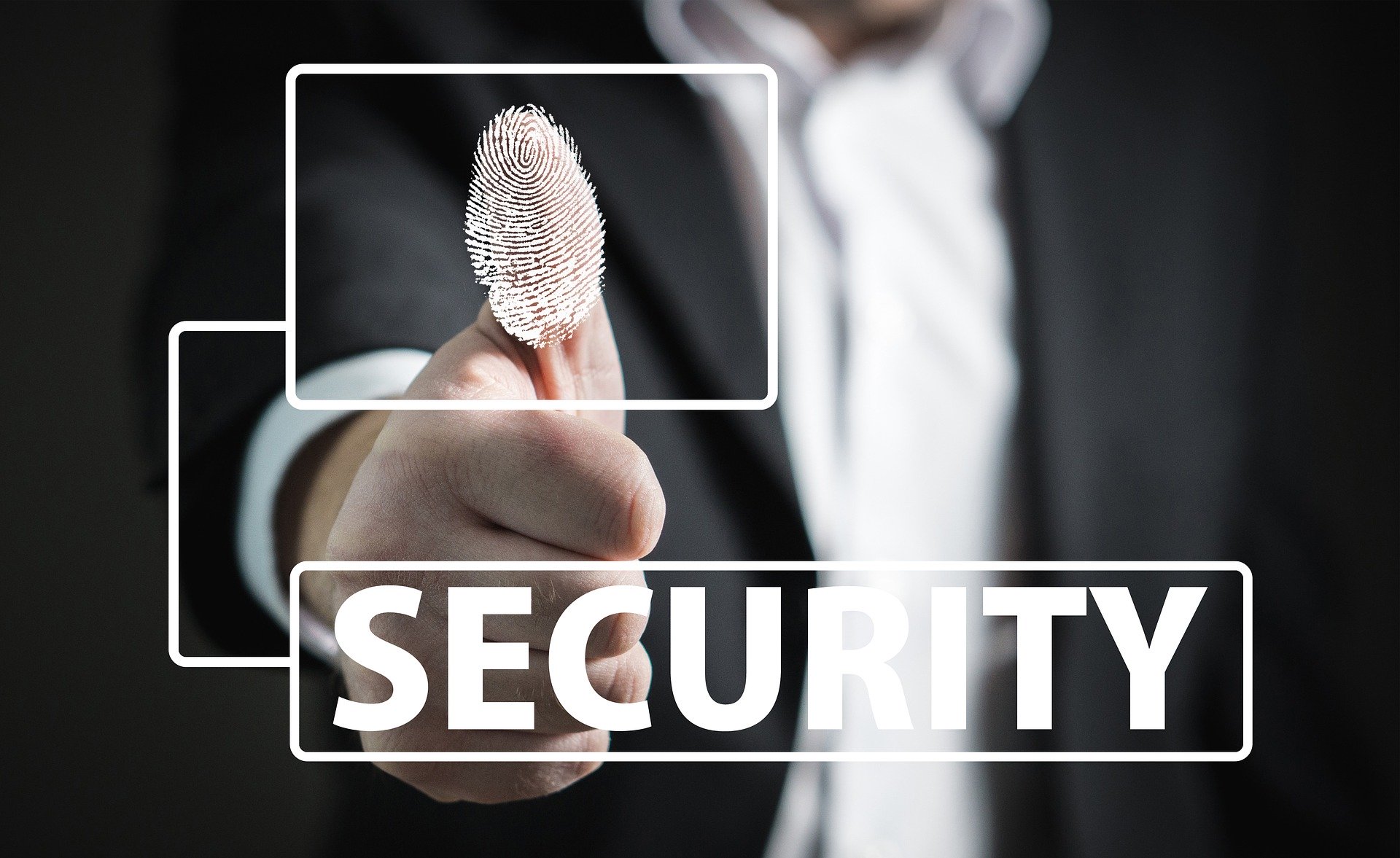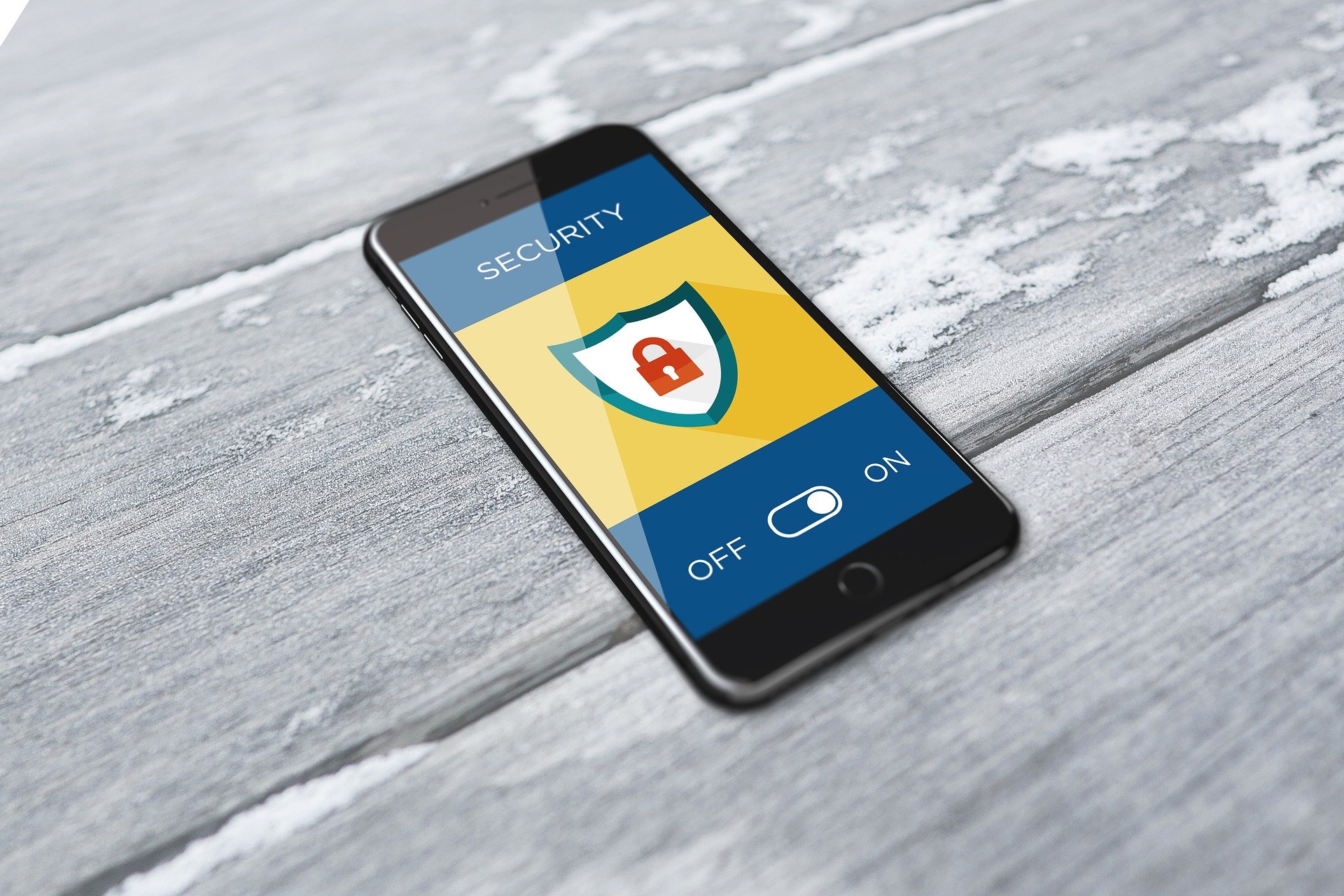Malware attacks are something we all have to be concerned about. Everyone is vulnerable and it can be very easy to make a mistake that can come back to haunt you. In one click on the mouse it is possible to infect a computer, or an entire company, with harmful software. So who is responsible for stopping this and who is to blame after a Malware attack?
It is Everyone’s Responsibility
Stopping malware is not just the job of the IT department. There is no anti-malware or antivirus software that is able to stop every attack that comes through. It’s for this reason that everyone has to understand how to stop a malware attack from happening, and how to fix vulnerabilities that lead to problems later.
What can we do as Employees
The first step to cyber security safety is awareness. You cannot stop a problem from happening if you are not sure something is a problem in the first place. It is the job of everyone who is working on an office computer to avoid suspicious communications. Knowing what what a phishing attack looks like in email, and Facebook can help you steer clear of malicious communications.
You can learn a lot about how to stay safe by attending a cyber security training. Training classes like these can help you identify common tactics, growing trends, and various tricks attackers use to get into your system.
It’s also important to work with your IT team. Having a team of IT professionals, or better yet an managed services provider, that you can talk to without judgement is imperative. Nobody wants to be the one who clicked a malware infected link. However, if you let someone know that there is a problem right away then you may be able to solve it before it spreads. In terms of IT security, honesty is the best policy.
CEO Responsibility
The responsibilities of the CEO is to make sure that all departments have the tools that they need. This includes providing these essential training sessions to the employees of the company. You simply cannot expect everyone to be keeping up with cyber news in their free time. It is your responsibility to make sure that they are prepared to take on the challenges facing them every day.
It is also the job of people in charge to make sure their data is managed correctly, and a plan is in place if something does happen. This means working with a team that can help you in the ways you need the most. This could be as simple as providing these training to your team, or as complicated as doing an entire overhaul of your data security for extra protection.
Managing your data is not about finding blame after a malware attack. It is about setting up a barrier that makes it hard for an attack to happen in the first place, and then having a team that is able to effectively respond to whatever attack comes their way.
IT Support
Finally, the IT team needs to make sure that there are solutions in place. This means that you need a team that is able to secure your data, and constantly monitor for new attacks. Having in house IT solutions is always smart, but working with an MSP can help manage and provide IT support. A good MSP will help you with all the things we mentioned above.
It is also the role of the IT department to make malware security a priority, and take time to have the rest of the staff understand. A good IT person does not just talk in technical jargon. They need to speak with a team in a way that they can understand. Our team at Synchronet prides ourselves on being able to answer complicated tech problems in plain English. It is the job of IT to keep everyone in line, and provide helpful, accessible, information for the rest of the business.
So, who is to blame after a Malware attack?
The only real person to blame is the attacker. The person who actually meant to do harm to you or someone else’s company is the culprit. From the business side, blame is not what’s important.
Accidents happen all the time. Sure, you could probably trace the malware back to one person clicking on one link, but they did not do that to purposefully cause harm. Stopping malware is about learning how to prevent attacks, and focusing on problem solving.
Maybe the person who clicked the link was never provided cyber security training. Who’s to blame: the person who clicked the link, the IT team that did not tell this person, or the CEO who did not make sure that they were trained? It does not really matter. What’s more important is working together to stop malware attacks from happening in the future. We all have a role to play.
Stopping malware can be difficult to do alone. That is why our team works diligently to find data security solutions for our clients. If you care about managing your data effectively then please reach out to our Synchronet team!
Are Your Cybersecurity Essentials Covered?
Don't wait until a threat strikes to protect your organization from cybersecurity breaches. Download our free cybersecurity essentials checklist and take the first step toward securing your digital assets.
With up-to-date information and a strategic plan, you can rest assured that your cybersecurity essentials are covered.
Get the Checklist
Posted in:
Share this

